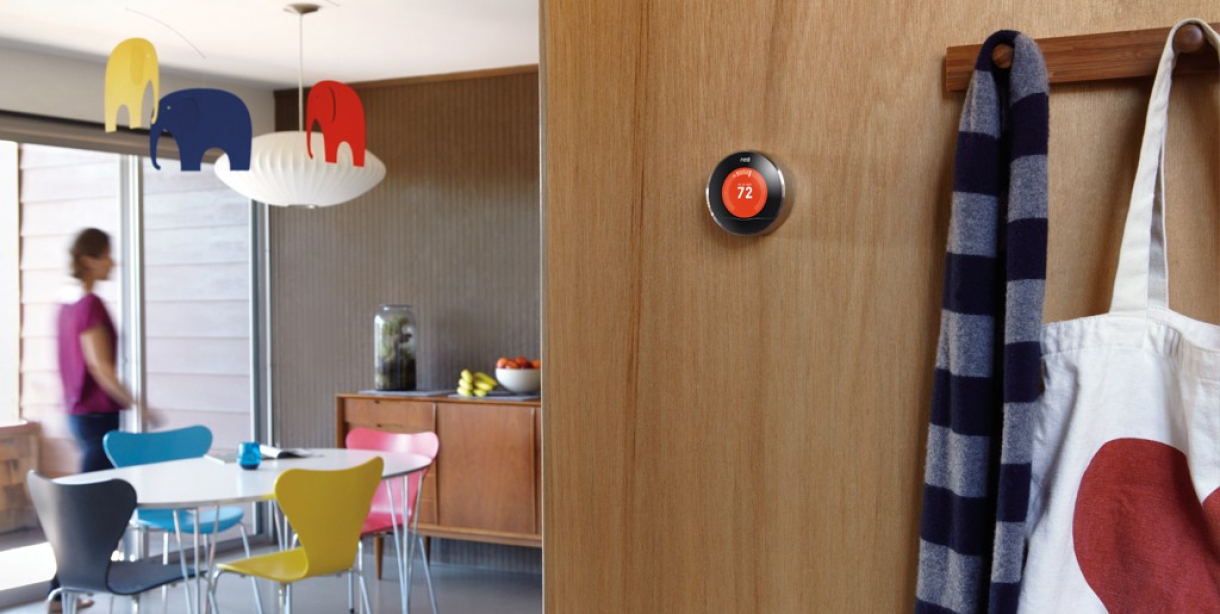How will we ever be able to keep up with the future of technology? One answer is simply to wear the latest developments on our bodies. Google X Lab has designed a computer built into the frame of a pair of glasses that will make augmented reality a part of our daily lives. Google Glass is an eye into the future, and should already be available to consumers by 2014. Welcome to the future!
Nobody knows what the future will look like. How we interact with each other has recently changed enormously with the birth of social media. And nor does anyone know what the next technological game-changer will be. All through the 20th and the beginning of the 21st century, we were showered with innovative designs like telephones, mobile phones, personal computers, television and Internet. Designs that not only changed our physical world, but also the way we communicate with each other - via radical new technology.
The same might be the case for INDEX: Award 2013 Finalist Google Glass which - through head-worn displays for augmented reality - holds the potential to figuratively flip our worlds upside down by enabling its users to access information in a smartphone-like hands-free format and interact with the Internet via natural language voice commands. To achieve this, a touchpad is located on the side of Google Glass, allowing users to control the device by swiping through a timeline-like interface displayed on the "screen" in front of your eyes. Sliding backward shows current events, such as weather, and sliding forward shows past events, such as phone calls, photos, circle updates, etc.
Essentially, Google Glass thus enables us to record, share and plan our lives through technology in an even simpler way than Thomas Edison, Gerald Ford or even Al Gore could ever have imagined. And today, we cannot imagine the implications a design like this could have or the infinite ways it could be implemented and used. The only thing we can say is that Google Glass has the potential to improve the lives of people everywhere in the world, and now it is up to us - the users - to use it to improve our own lives.




